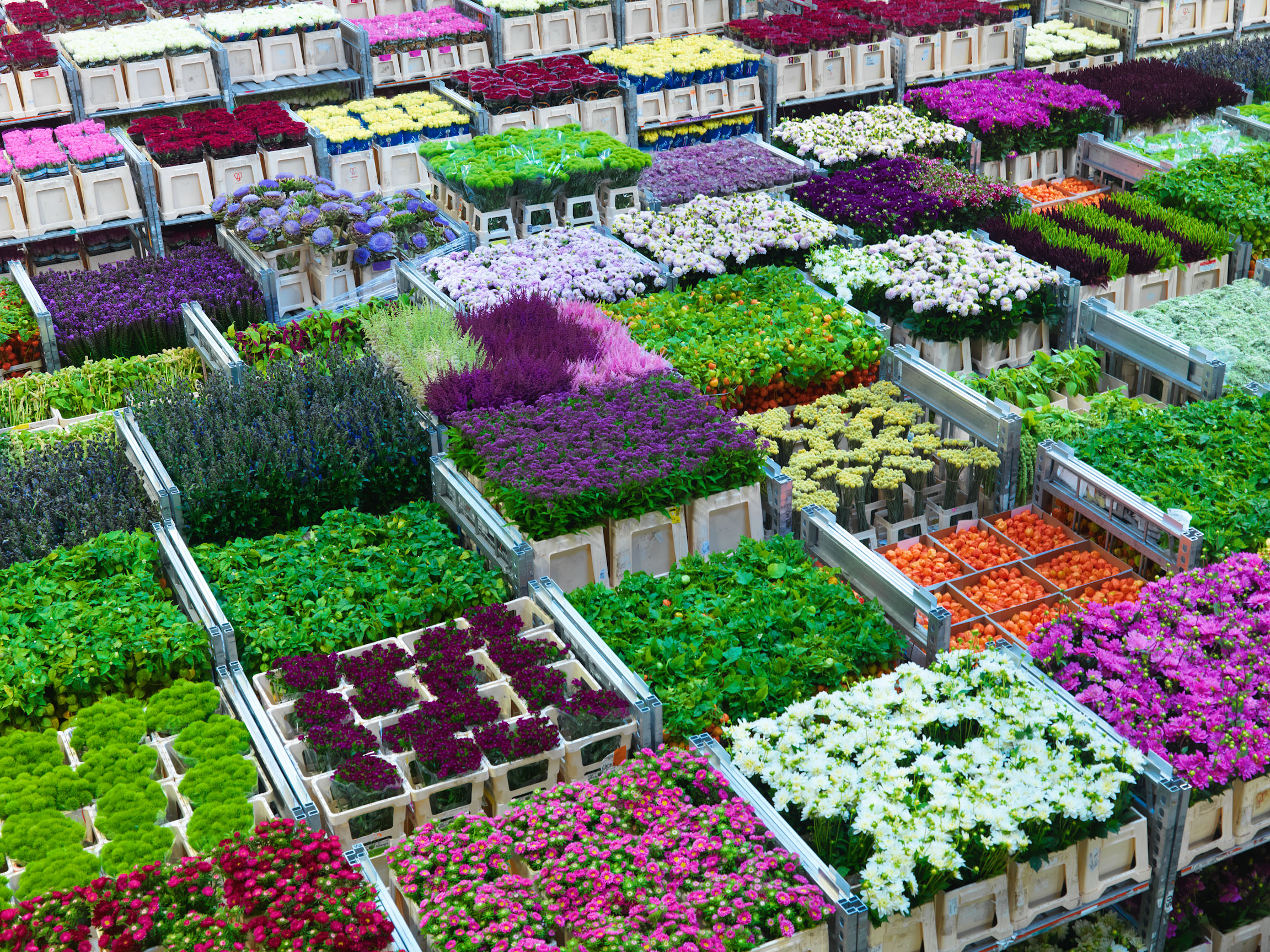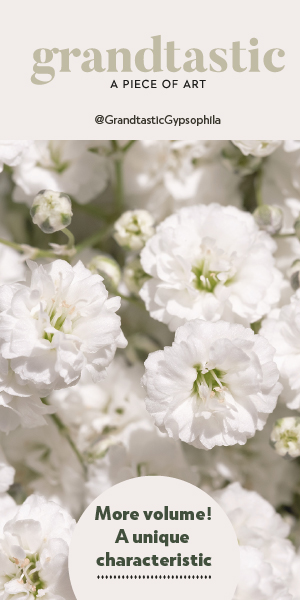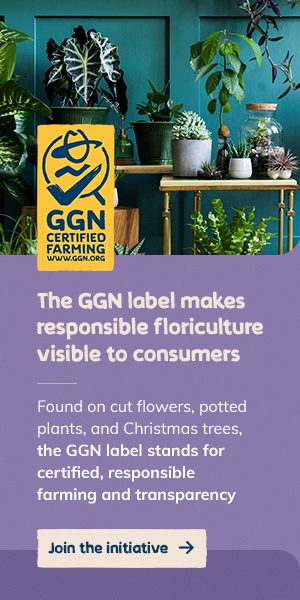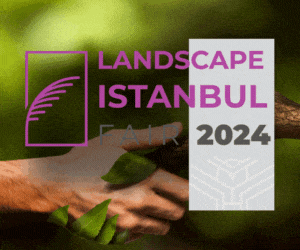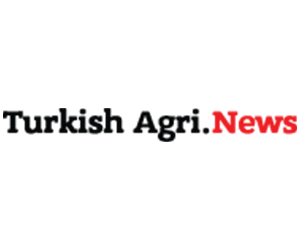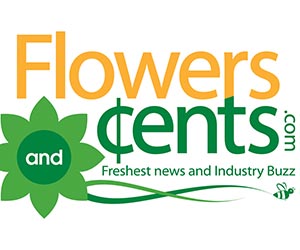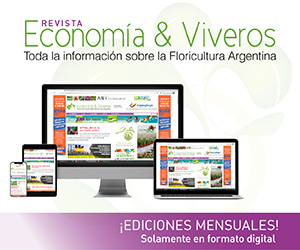Royal FloraHolland had a ‘truly disappointing year’ in 2023, with product turnover in the marketplace amounting to €5,1 billion—down one per cent from 2022—and a net loss of €17 million.
The world’s largest floral trade hub, Royal FloraHolland, issued its consolidated financial results for the year ended 31 December 2023 on 2 April 2024.
Royal FloraHolland’s chief executive Steven van Schilfgaarde touted the cooperative’s financial result – a net loss of €17 million – as ‘truly disappointing’, citing €16m and €6m higher labour and energy costs respectively, a 3 million repurposing of a cold store in Naaldwijk, and less than anticipated turnover of transportation branch Floriway as major causes.
A combination of stubbornly high inflation rates were also a drag on Royal FloraHolland’s business. Moreover, due to persistenly high interest rates it became increasingly difficult for the auction to get planned property transactions over the line.
Being considerate of the sharp price increase of virtually all commodities, the cooperative opted for what it calls ‘relatively limited and therefore not cost-covering tariff increases for 2023’. “As such, we had foreseen a loss. However, despite significant cost savings, we were unable to achieve growth for the second consecutive year,” noted auction boss Schilfgaarde, who described the year 2023 as a year of contrasts, equally marked by ‘successfully implemented milestones and historic changes.’
He referenced the more cooperative logistic hubs, the replacement of all legacy IT, and more users present at the Floriday digital sales platform. The latter accounted for more than two billion euros in direct product sales in 2023. On average, 66 per cent (2022: 32 per cent) of direct trade happens through Floriday, a figure that rose to 87 per cent by the end of 2023.
Royal FloraHolland reported total revenues of €5.1 billion for 2023, representing a slight decline from 2022. The figure was primarily impacted by a 3.2 per cent decrease in supply volumes at the auction clocks and in direct sales. The energy crisis – with energy representing 20-30 per cent of costs – heavily weighed on flower and plant growers; some opted for a period of dormancy, and others chose to heat and light their greenhouses less.
Fewer ornamental crops not automatically translated into a higher Average Selling Price (ASP), which was slightly higher than in 2022 at 2.2 per cent, but well below the inflation experienced across the sector.
In 2023, ornamental plants yielded 5.7 per cent more than compared to last year. By contrast, flowers fared not so good seeing their median price dropping by 1 per cent.
Supply volumes in direct trade fell more substantially than in clock sales. Over the past decades, direct trade has gained momentum. Yet, Royal FloraHolland still attributes 40 per cent of its revenues to clock sales
In 2023, 10.5 billion flowers and plants changed owners at Royal FloraHolland, down from 10,8 billion in 2022.
To date, Royal FloraHolland has 3,266 member growers, down from 3,415 in 2022 (-4 per cent). Yet, Van Schilfgaarde said that 2023 marked the year with the lowest drop in membership since 2016, which was marked by a massive exodus of cut tulip growers.
As a result, the tulips category continues to be underrepresented and the auction boss would be happy to welcome the departed tulip growers back. The irony is that the tulip is an intrinsic part of the cooperative’s logo.
In the light of the cooperative’s Growing Green Together tagline, Van Schilfgaarde stresses that for long-term success, horticultural entrepreneurs must embrace sustainability. Because the industry is highly vulnerable to negative connotations towards what is often presumed as poor flower farming practices.
He was referencing to the words of the President of the Netherlands Bank (DNB), Klaas Knot, who, in February, burned prime time the country’s greenhouse horticulture down, blaming it for employing underpaid migrant workers, occupying too much space, consuming too much energy and usurpating fossil subsidies.
Van Schilfgaarde says, “We are portrayed as a low-value-added sector with no long-term perspective because of the use of migrant workers. This type of unfunded statements do injustice to our sector which for so long has proactively worked to assume its responsibility. We are the only sub sector in Dutch agriculture and horticulture that has committed itself to be completely climate-neutral by 2040.”
The auction boss urges the country’s new government in the making to offer the industry a clear and reliable perspective. “If not, growers cannot do business and make major investments. Politicians must realise that the Netherlands not only produces the finest flowers but also also excells in the greenhouse tech needed to grow them.”
According to Van Schilfgaarde, sustainability, competitiveness, and reputation go hand in hand. He says, “In a highly competitive gift market, you need a firm sustainability strategy to stay top of mind with your customers.”
Starting 1 January 2026, the Royal FloraHolland platform will require its members and suppliers who offer, trade and invoice flowers and plants through the cooperative to be certified according to the Floriculture Sustainability Initiative (FSI basket of standards). All members and suppliers will need to be fully FSI compliant by 2027.
At the same time, Royal FloraHolland attributes the biggest growth in membership to growers abroad. To date, it has more than 500 international members. And 2023 saw an influx of 94 new growers from abroad.
In 2023, Royal FloraHolland’s revenues from international supplies grew by 2 per cent when compared to 2022, amounting to €933 million (2022: €914 million).
Flowers and plants grown outside the Netherlands are predominantly marketed through the auction clock which saw revenues from international supplies increasing by 4 per cent when compared to 2022, amounting to €617 million (2022: €594 million).
Revenues from direct foreign trade volumes dropped by €4 million (-1%) (2022: €320 million). This decline was mainly due to a hampering retail demand. The share of international revenues in total turnover increased from 18.2% in 2022 to 18.8% in 2023.
Royal FloraHolland’s major foreign cut flower suppliers are in Kenya (€406 million in 2023 and €390 million the year before), Israel (€58 million in both 2023 and 2022 and Ethiopia (€216 million in both 2023 and 2022).
Royal FloraHolland’s Chief Financial Officer concluded by saying that the cooperative is in a healthy state. “In 2023, we again saw high inflation, rising global energy and raw material prices, as well as higher labour and transportation costs. The combination of economies of scale (growth) and productivity improvements is needed to offset the effects of inflation. However, growth did not materialise. The structure and terms of member financing provide a lot of comfort and stability. I also notice that the banks have a lot of confidence in Royal FloraHolland’s strategy and position. We have now agreed new bank financing for the coming years.”























